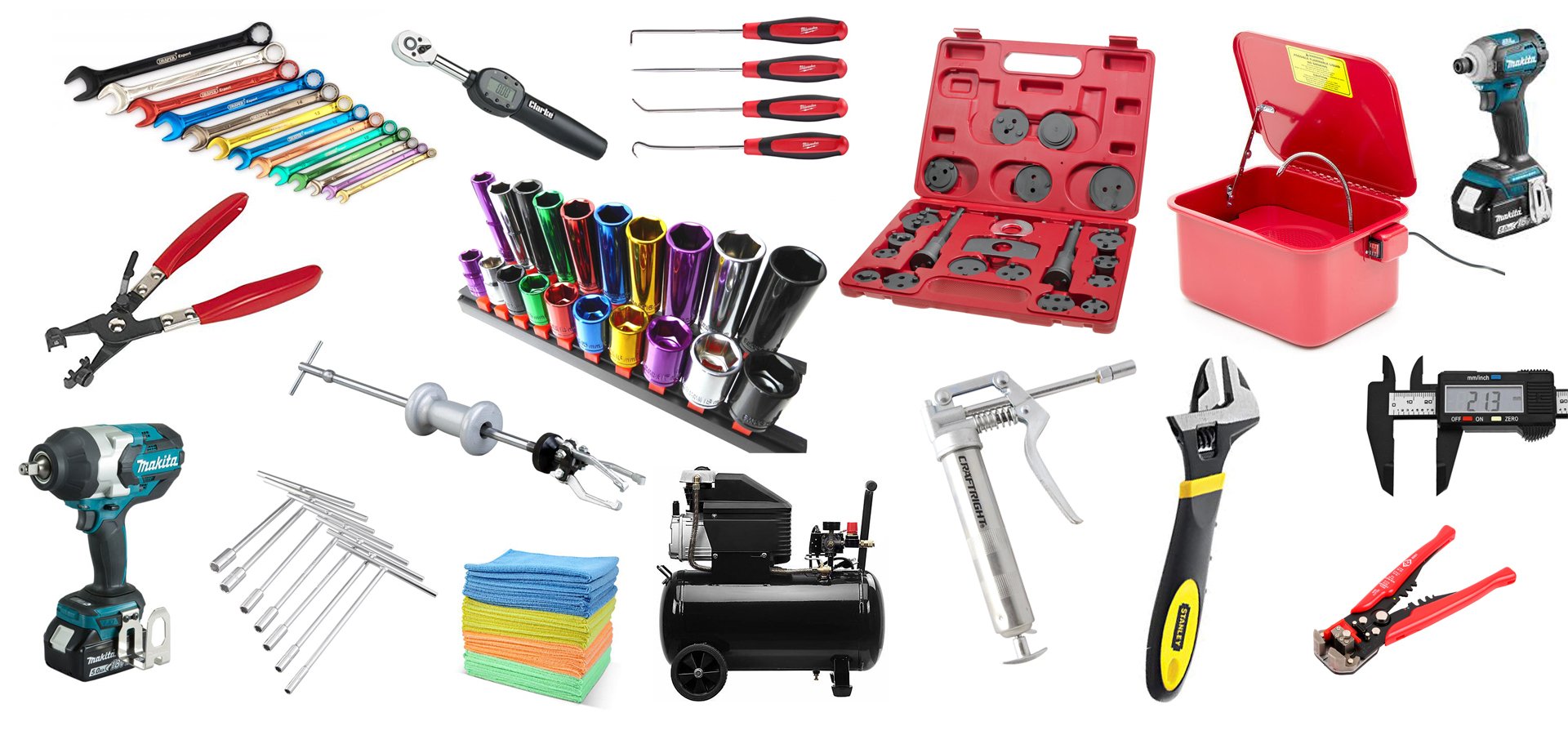
Mechanics have worked throughout the latest lockdown. Many have been busy trying to clear the backlog of work that had to be paused during the first lockdown last year, when MOTs were extended to cut down on the number of people accessing services that they could hold off using.
Now, as the country opens up again, it’s likely more motorists will need the services of a trusted mechanic. Cars have sat on driveways for months and, as a result, services will be needed and new batteries installed.
So, what’s needed in this trade to get cars up and running again? Here’s a look at the five key tools that mechanics can’t be without.
1. PPE
When you think of mechanics, you might not think about protective wear. It’s likely you envisage someone holding a wrench (more on that later).
However, PPE is an important consideration in the automotive industry. Machinery can be heavy and potentially corrosive chemicals, such as brake fluid, are used as part of standard services and MOTs. Therefore, a robust pair of gloves is a key tool of the trade as these can prevent harmful substances from coming into contact with your skin.
Overalls are another crucial piece of kit. Again, these add a layer that stops oil and chemicals from touching your skin and clothes.
2. Impact wrench
An impact wrench – often referred to as an air impact wrench, impactor, or impact gun – delivers high torque with minimal effort. They’re used to remove tight bolts on wheels, which is why they were favoured by Formula 1 pit crews, but they’re equally adept at removing bolts and nuts from ball joints – a useful addition for those tasks that need to be done quickly.
3. Pliers
Wiring and hoses make up a significant proportion of a motor. To successfully access brakes, change hoses, and work with other connectors, pliers are used to move things around and slot things into place. They’re also used to access hot parts of the car and to bend materials.
There are different pliers that are suited to different jobs. For instance, hose clamp pliers make it easy to remove large, sprung-activated clamps, while slip joint pliers can be used to loop a wire or cut wire nails. Therefore, mechanics might have several types of pliers in their toolbox.
4. Brake cleaner and WD40
Brake cleaner is used for more than cleaning brakes and discs. It also removes grime and build-up, making it a useful addition to a toolkit. Users need to wear gloves when handling it, though, as it’s strong stuff.
WD40 is another must-have. This all-rounder does away with squeaks, frees bolts and, like brake fluid, is great at cleaning parts.
5. Lifts, hoists and jacks
Lifting the car isn’t always a necessity, but for the jobs where mechanics need to access the underside of the vehicle, heavy-duty hoists are crucial. Therefore, they’re a must in any garage.
Jacks are ideal for getting up close to wheels and tyres. They don’t deliver the same height as hoists, but they’re suited to smaller jobs.
